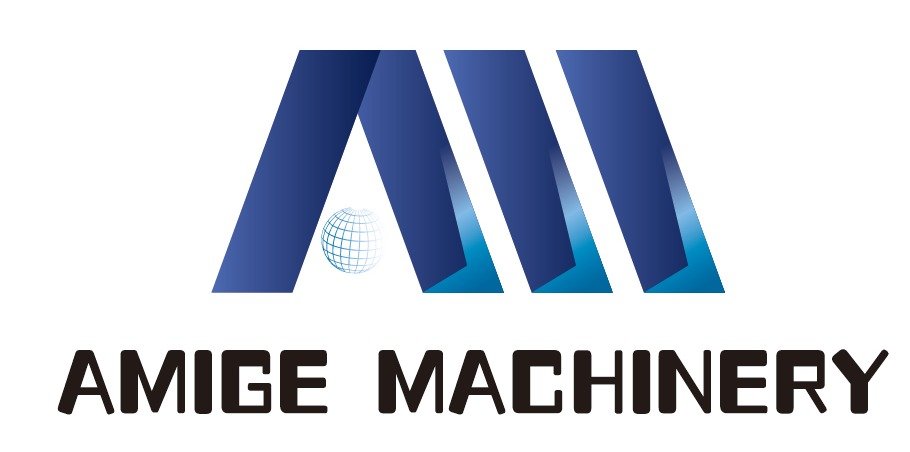Plastic cutlery. Straws. Foam lunch boxes. You’ve probably used them and tossed them without a second thought. But Europe? They’ve decided to think. Hard. The EU’s ban on single-use plastics is shaking up industries, reshaping supply chains, and—yes—sending manufacturers like me back to the drawing board. Is this a bold leap for the environment or a regulatory headache for business?
The EU’s ban on single-use plastics, effective since July 2021, targets high-pollution items like straws, plates, and cotton buds. It’s designed to reduce marine litter, push circular economy practices, and encourage sustainable alternatives.
This policy has global ripple effects. And as the CEO of a plastic equipment company, I feel those ripples in my inbox every week.
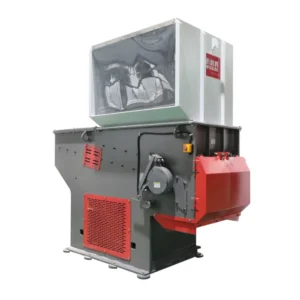
What does the EU ban actually cover?
Let’s break it down like one of our shredders.
The EU Single-Use Plastics Directive (SUPD) bans items that are:
-
Used once
-
Made from fossil-based plastic
-
Found often in the environment (especially beaches)
The hit list includes:
-
Plastic cutlery and plates
-
Straws and stirrers
-
Expanded polystyrene (EPS) food and drink containers
-
Cotton bud sticks
And it doesn’t stop there.
Items like plastic bottles must meet recycling targets. Manufacturers are also responsible for cleanup and awareness costs—part of what’s known as Extended Producer Responsibility (EPR).
Why is the EU taking such drastic measures?
Short answer: the oceans are drowning in plastic.
According to EU studies, over 80% of marine litter is plastic. And half of that? You guessed it—single-use plastic products.
These items don’t biodegrade. They just break into microplastics and hitchhike their way into fish, sea salt, and even… human lungs. Yikes.
The EU is aiming for a circular economy, where waste becomes resource and nothing is used just once. They’re backing it up with legislation that hits where it hurts—incentives and penalties.
How are manufacturers adapting?
Ah yes. The billion-euro question.
Some companies have pivoted fast. We’ve seen:
-
Cutlery made from corn starch
-
Plates made from palm leaves
-
Straws made from paper (yes, they still suck—but legally now)
Others are investing in mechanical recycling or switching to compostable materials. As someone who deals in plastic crushing and recycling equipment, I’ve seen an uptick in calls asking, “How do I shred biodegradable polymers?”
At Amige, we’ve had to tweak our shredders to handle softer, biodegradable materials—which melt quicker and clog faster.
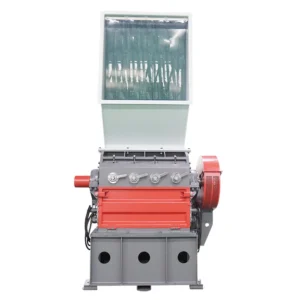
What are the economic implications of the ban?
Here’s where it gets spicy.
For plastic manufacturers relying heavily on banned products, it’s like having your best-selling line outlawed overnight. Painful? Yes. But it’s also pushing the industry to innovate.
We’re seeing:
-
Job losses in traditional plastics
-
Job creation in green tech and recycling
-
New markets for bio-based packaging
-
R&D investments in reusable systems
For companies like ours, the shift isn’t about despair—it’s about opportunity. Shredders and crushers are still crucial, whether you’re dealing with HDPE or biodegradable PLA.
How is the global plastics industry reacting?
Let’s just say… not quietly.
The EU is a huge market. When they sneeze, other countries catch the flu.
Manufacturers in Asia, the U.S., and Latin America who export to Europe now face compliance pressure. We’ve had clients in Vietnam and Turkey scrambling to adjust their production lines.
Many are moving from EPS to PET or from pure plastic to hybrid paper-plastic composites.
But here’s the kicker: some countries are copying the EU. Canada and India have launched similar bans. The global writing is on the wall.
Does the ban have loopholes?
Oh yes, and companies are getting creative.
Some are:
-
Adding a “reusable” label to borderline products
-
Switching to slightly thicker materials to bypass “single-use” classification
-
Mixing in biodegradable fillers and claiming eco-friendliness
It’s clever. But not exactly in the spirit of the law.
That’s why the EU is updating the SUPD with stricter definitions and enforcement mechanisms.
And believe me, I’ve had to redesign sales materials for clients trying to stay just one centimeter this side of legal.
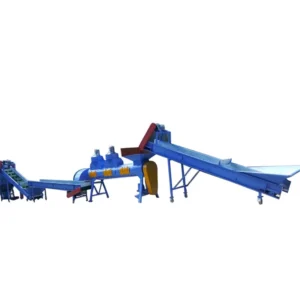
What role does plastic recycling play under the ban?
A huge one.
While single-use items are banned, recyclable items are encouraged. That’s where mechanical shredding and reprocessing comes in.
Factories across Europe are:
-
Installing industrial shredders (thanks, Amige 😉)
-
Upgrading washing lines
-
Adding optical sorters to purify streams
-
Investing in pelletizers for high-quality regranulate
We’ve sold more equipment in the last two years than in the five before that. Why? Because the plastic that survives the ban must now prove its sustainability credentials.
What’s next for the EU and global regulation?
Brace yourself.
Here’s what’s on the horizon:
-
Ban on plastic packaging for fresh produce
-
Mandatory recycled content targets (30% by 2030 in packaging)
-
Digital product passports for tracking material lifecycles
-
Stricter import rules on non-compliant products
And once again, innovation will be king. If you’re a manufacturer, adapt or die isn’t just a slogan—it’s a survival strategy.
How are we responding at Amige?
Glad you asked.
We’ve:
-
Designed shredder blades specifically for biodegradable materials
-
Created a modular crusher line for flexible processing
-
Partnered with European recyclers to upgrade pre-processing units
-
Launched training sessions on “How to Crush Responsibly” (yes, that’s a real name… kind of)
We don’t just sell machines—we sell transition strategies. And frankly, it’s thrilling to be part of this shift.
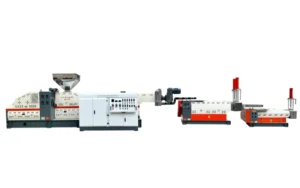
Conclusion
The EU’s ban on single-use plastics is more than a policy—it’s a wake-up call. It’s forcing innovation, driving sustainability, and opening doors for companies ready to pivot. The question isn’t “Will the world follow?” It’s “Are you ready when it does?”
